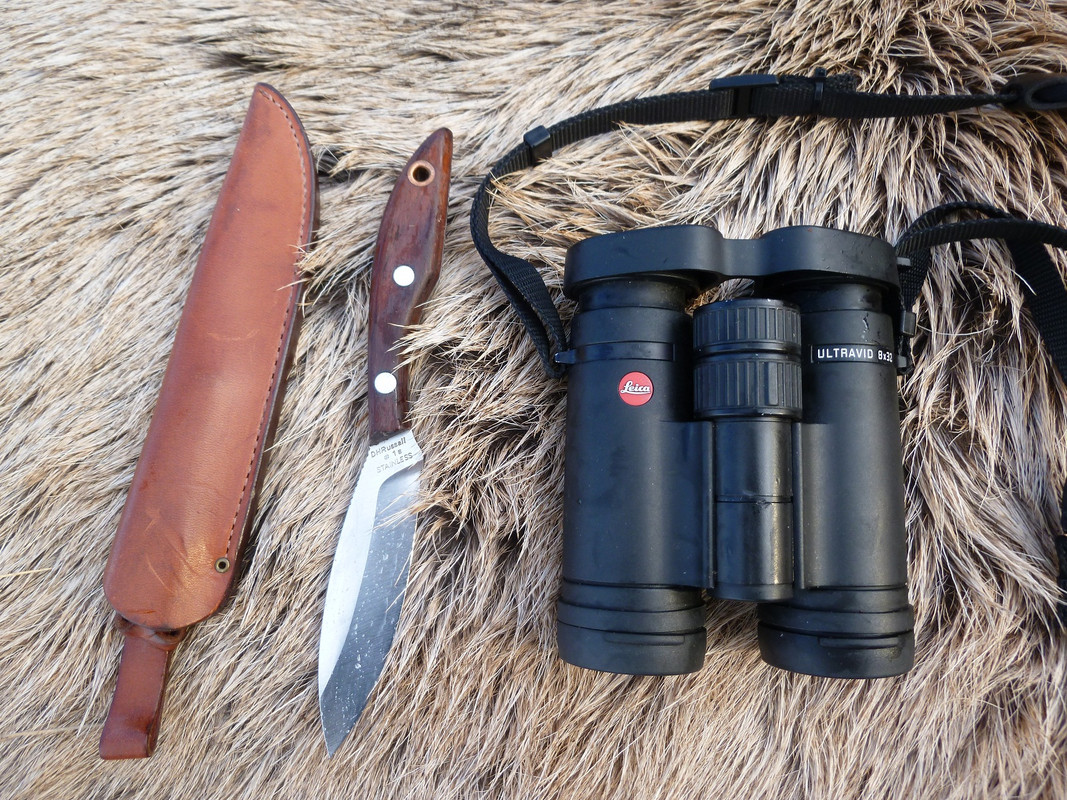This is an interesting conversation with lots of good points made by all. I recently sold my 240 Gyuto as I didn't find I used it. I was very comfortable with it, I just prefer my 180-210 knives. I'm a home cook, not a pro, and my biggest Hinoki board is 12"x18." I also no longer eat meat (whole food, plant based, "clean" vegan eater), though I'm not really sure that has anything much to do with it. I do know I prefer a fairly tall knife with a decent percentage of flat spot at the rear. I'm a push cutter/chopper mostly. My 210 Nakiri, 180 Bunka, and 180 Nakiri at 55-60mm are all taller than my 240 Gyuto was (it was a Kato AS / 50mm at heel). I find 55-60mm to be in the "sweet spot" for me, allowing me to scrape up veg for the pot, etc., while not being so tall I'm way above the board, and none are "too long" for my board. I may end up with another 240 "just because," but it definitely will be at least 55mm tall. I do have a 170mm Santoku with the typical Echizen shape (Anryu). In lieu of a petty which I found I never used, it's my knife for doing small work (like garlic) for my wife's cooking, and it's the only knife I rock-cut with given it's blade shape.
To bring a different experience to the conversation, as a (mostly) former big game hunter (primarily elk), I never used a big knife to take apart, skin and bone an elk in the field. On the many elk (and other animals) I've broken down in the backcountry to pack out, I've used blades from 2.75" to no more than 4." My favorite is an odd shaped knife made in Canada by Grohmann called the Canadian Belt Knife no.1. I've taken dozens of animals apart with that knife, and never found the need for more blade. But of course that's entirely different than working in a kitchen! I suppose I shared that because for generations most hunting knives were a bare minimum of 5" with 6"+ being the most popular. I never understood that, and have always used smaller knives. I find being elbow deep inside an elk, a smaller blade is safer and easier to use. Breaking joints down, separating muscle groups, are all easier with a short knife. Obviously working with traditional cuts of meat "butchered properly" in a kitchen is an entirely different proposition, so I could see where a 240-300mm knife would make a lot of sense, and of course historically that was the primary use of a gyuto.
Obviously there's no "right" answer to any of this, just personal preference based on any number of criteria and experience. Of course, every knife is a compromise... the trick is knowing which way you prefer your compromise weighted.
Sheesh... a long, rambling post on a slow Saturday morning!





